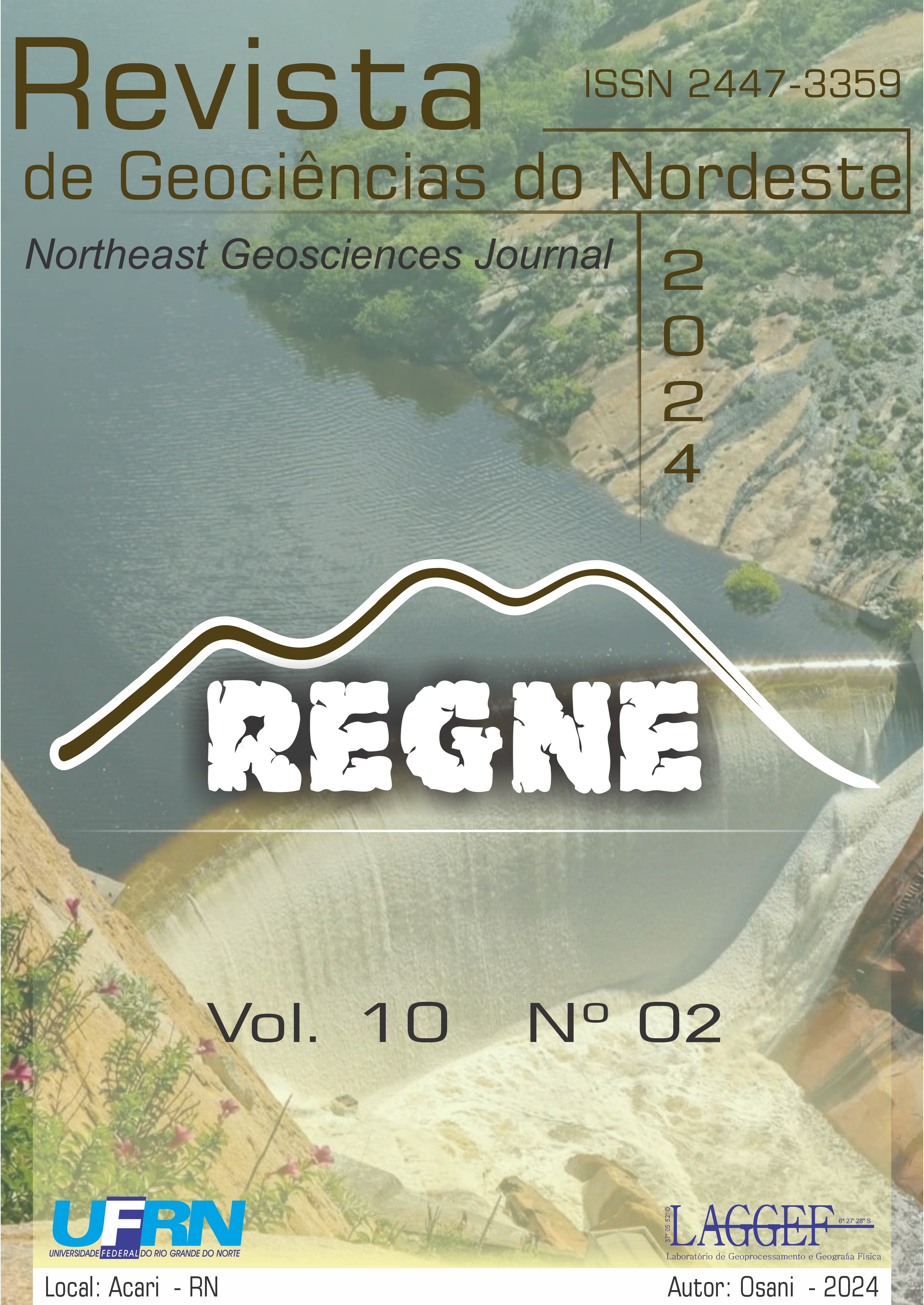Mapping of impermeable surfaces in Western Bahia using Machine Learning Algorithm
Mapping of impermeable surfaces in Western Bahia using Machine Learning Algorithm
DOI:
https://doi.org/10.21680/2447-3359.2024v10n2ID36390Abstract
Urban impermeable surface is a relevant parameter in climate and environmental change and sustainability, and is fundamental in detecting urban environmental quality. Mapping these surfaces makes it possible to measure a city's level of urbanization, as well as generating indications of social, economic and environmental impacts. However, few studies have used high spatial resolution satellite images to analyze cities with significant urban growth in recent years, especially in western Bahia. This work aims to map the impermeable areas of the city of Barreiras–BA using CBERS 4A images and the Random Forest (RF) machine learning algorithm. The visible spectral bands obtained on 13/06/2023 were used as the basis for color compositing and image fusion to obtain 2 m pixels. The fused image was classified using the (RF) and validated using the confusion matrix, global accuracy and Kappa index. The results showed that in the city of Barreiras 41.11% correspond to impermeable surfaces. The accuracy metrics found were 0.79 for the Kappa Index and 91.7% for Global Accuracy. The results found can be used as a basis for future research into mapping land use and occupation in urban perimeters.
Downloads
Downloads
Published
How to Cite
Issue
Section
License
Copyright (c) 2024 Notheast Geoscience Journal

This work is licensed under a Creative Commons Attribution 4.0 International License.


 Português (Brasil)
Português (Brasil) English
English







